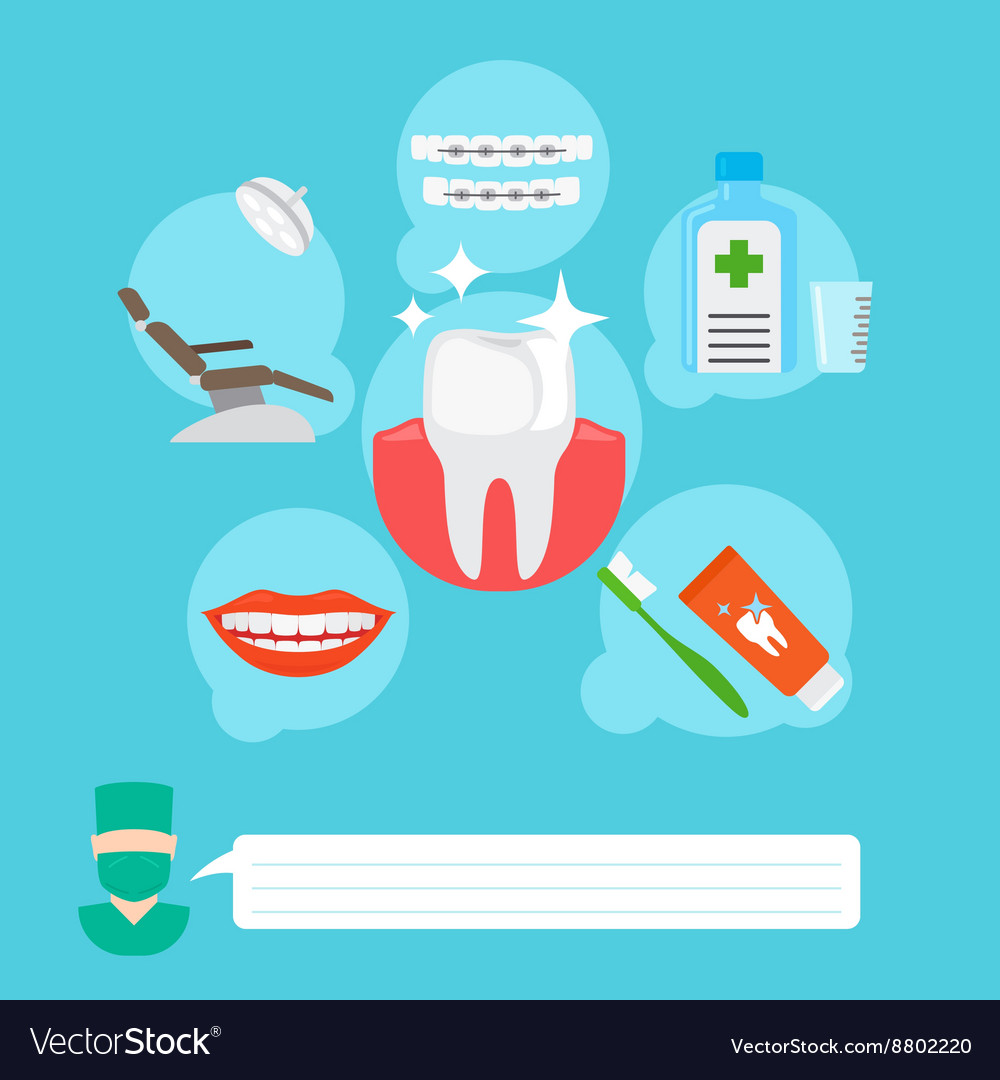Invisalign Versus Standard Braces: An Extensive Assessment
Invisalign Versus Standard Braces: An Extensive Assessment
Blog Article
Developed By-Field Pehrson
When confronted with the decision in between Invisalign and typical braces, you could question which option lines up much better with your way of life and choices. The selection entails more than just the aesthetic allure; it delves into aspects like treatment period, comfort, and lasting dental wellness impacts. Take into consideration the effect each alternative might carry your day-to-day regimen and positive self-image. As we explore the detailed contrast, you'll obtain insights right into the subtleties that make these orthodontic treatments unique and uncover which one might be the better suitable for you.
Materials and Building and construction
When comparing Invisalign to conventional braces, the materials and building differ considerably. Invisalign consists of clear, smooth plastic aligners custom-made to fit your teeth. These aligners are essentially unseen, making them a prominent choice for those seeking an extra very discreet orthodontic treatment.
On the other hand, standard dental braces involve steel brackets that are glued to your teeth. These brackets are then linked by wires and elastic band, applying pressure to progressively shift your teeth into the desired position.
The building and construction of Invisalign aligners allows for an extra comfortable fit contrasted to conventional dental braces. The smooth plastic product minimizes irritability to your cheeks and periodontals, which is a common concern with metal brackets and cords. Additionally, best toothpaste recommended by dentist are removable, making it less complicated to clean and floss your teeth with no obstructions.
On the other hand, traditional dental braces are repaired onto your teeth, calling for added care and time for proper upkeep.
Maintenance and Oral Health
The upkeep and dental hygiene practices differ in between Invisalign and traditional braces due to their unique layout and building.
With Invisalign, you can remove the aligners when eating or cleaning your teeth, permitting you to preserve your routine dental health routine without any obstructions. It's vital to brush your teeth after consuming before putting the aligners back on to protect against food bits from getting caught and causing degeneration.
On the other hand, standard dental braces require extra interest to maintain your teeth tidy. Food particles can quickly obtain stuck in the braces and cables, causing plaque build-up and possible dental caries. Recommended Studying 'll require to make use of unique devices like interdental brushes or floss threaders to clean in between the cords and braces efficiently.
Routine dental check-ups and cleansings are essential to ensure that your dental health is in top condition while wearing conventional braces.
Visibility and Looks
Presence and visual appeals play a considerable role in the contrast between Invisalign and traditional braces. When it pertains to look, Invisalign provides a clear advantage over conventional dental braces. Invisalign aligners are essentially undetectable, making them a popular option for those that prefer a more very discreet orthodontic treatment option.
Unlike the visible metal brackets and cables of standard braces, Invisalign aligners are transparent and assimilate with your natural teeth, permitting you to grin with confidence throughout your therapy.
Standard dental braces, on the other hand, are much more conspicuous as a result of their steel components. While some might choose vivid bands to individualize their braces, others might feel self-conscious regarding the exposure of these orthodontic home appliances. The popular look of traditional dental braces can occasionally impact a person's self-esteem, particularly for adults in expert setups.
Final thought
In conclusion, when choosing between Invisalign and typical braces, consider your way of living and preferences. Invisalign uses a discreet and comfy alternative with easy maintenance, while traditional braces give vivid personalization but may impact self-worth.
Ultimately, the choice ought to be based on what works best for you in regards to aesthetic appeals, benefit, and comfort. Ensure to consult with your orthodontist to determine the most appropriate treatment for your specific demands.
